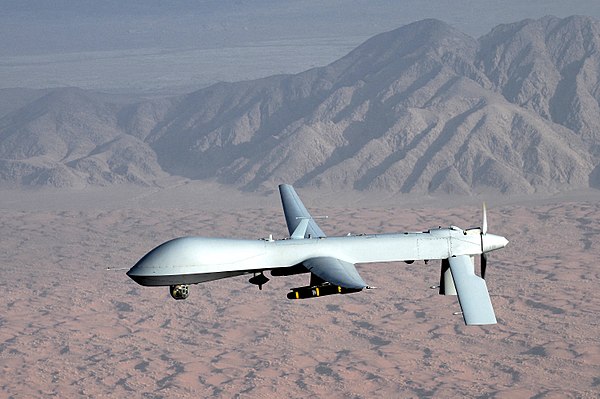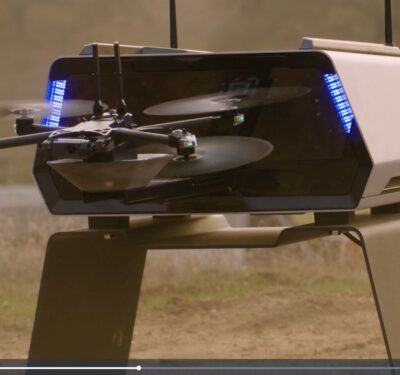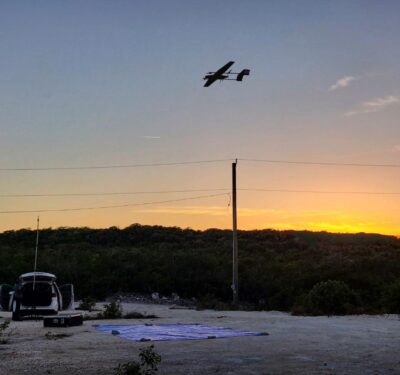
The Air Force has replaced the MQ-1 Predator unmanned aircraft. (Wikimedia Commons photo by U.S. Air Force photo/Lt Col Leslie Pratt).
For more than a decade, the RQ-1 Predator was the primary remotely piloted aircraft used for offensive operations by the United States Air Force and the CIA in Afghanistan and the Pakistani tribal areas, and the General Atomics’ MQ-1 Predator also been deployed elsewhere.
But the USAF’s long-serving MQ-1 Predator drone fleet is now being replaced. On March 9, it was announced that the flying service was officially retiring the Predator, a platform that ushered in a new wave of unmanned air warfare—most notably providing the ability to deliver precision attacks by operators who were located halfway around the globe.
The departure of the RQ-1 Predator paves the way for the larger MQ-9 Reaper to take over the primary role. The new aircraft will become the backbone of USAF drone operations. And with its elevated importance within the USAF’s inventory, the Reaper is going to gain new capabilities and an expanded mission set, including the ability to fire air-to-air missiles, according to published reports.
The Predator won’t totally disappear, however, as it will serve in other capacities.
In an effort to increase capabilities with the newer fleets, the Air Force is looking at putting more powerful radar systems onboard some Reapers in an attempt to help build-out a “system of systems” of ground moving targeting identification (GMTI) sensor nodes that can be distributed around the battlefield.
The USAF described the original Predator as a “Tier II” MALE UAS (medium-altitude, long-endurance unmanned aircraft system). The UAS consists of four aircraft or “air vehicles” with sensors, a ground control station (GCS), and a primary satellite link communication suite.






